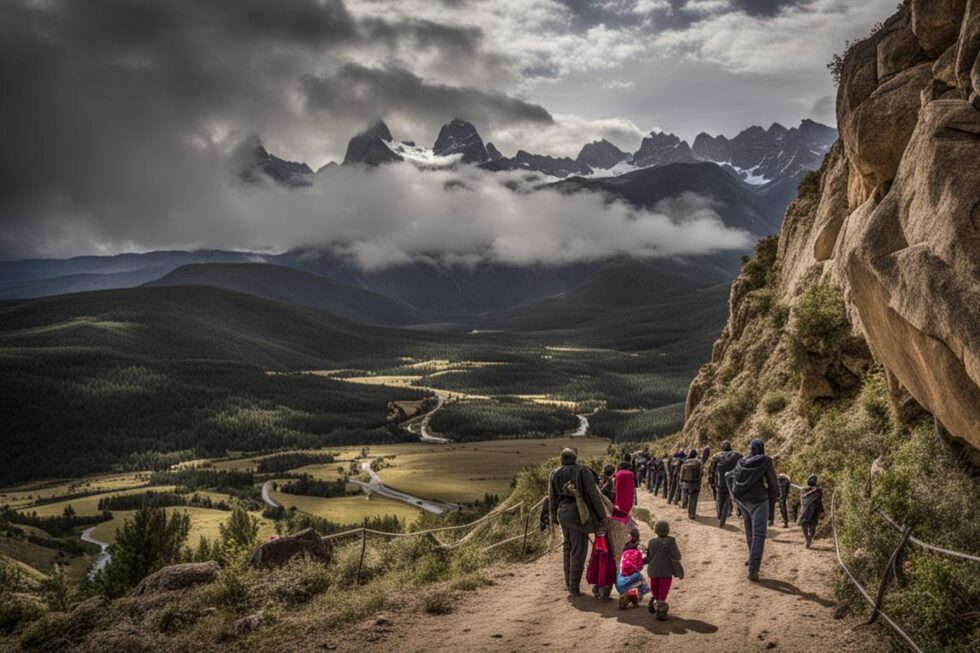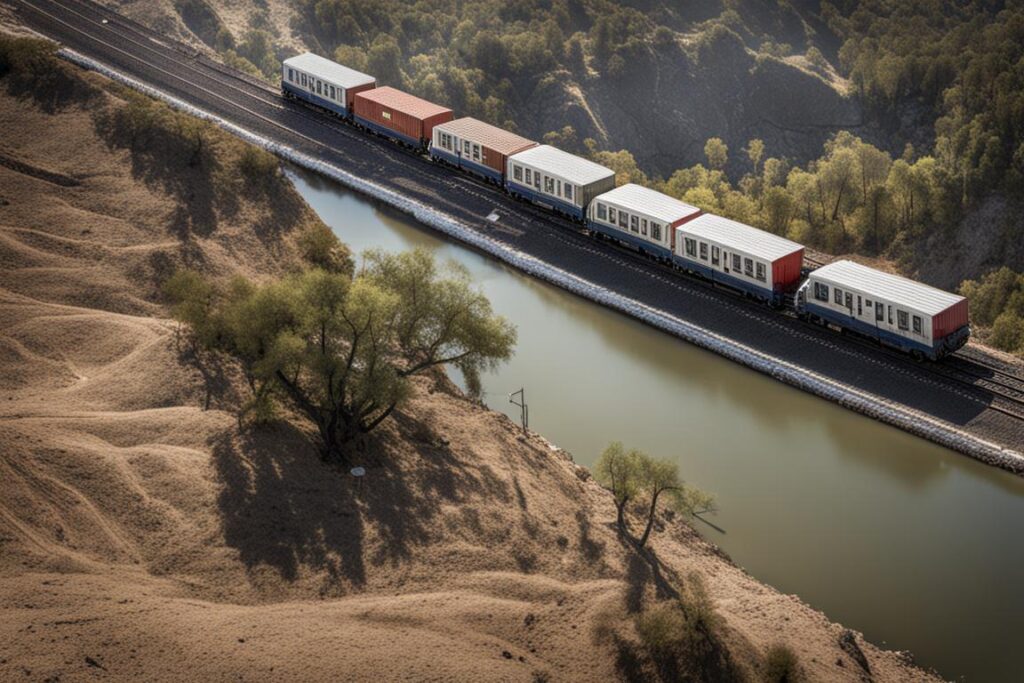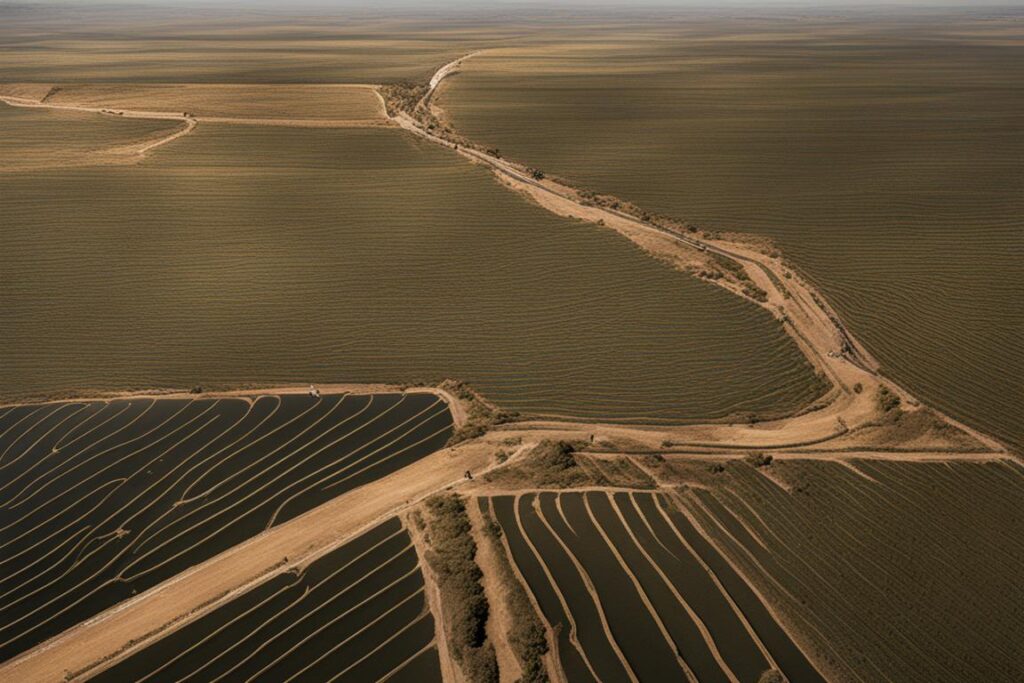
In a landmark decision, the world’s nations came together to implement a radical change: open borders. This monumental shift allowed people to move freely between countries, unimpeded by visas, passports, or immigration controls. The policy was driven by the belief that open borders would foster global unity, enhance economic opportunities, and address pressing humanitarian issues. The impacts of this decision were profound and multifaceted, transforming the world in ways both expected and unforeseen.
The immediate aftermath of the open borders policy was a surge in global migration. People from impoverished regions flocked to wealthier countries in search of better opportunities, while individuals from developed nations explored new lives in different cultural settings. Major cities like New York, London, Tokyo, and Dubai became even more diverse melting pots, with a constant influx of newcomers bringing their languages, customs, and traditions.

Economically, the effects were transformative. The free movement of labor meant that talent could flow to where it was most needed, addressing skill shortages and boosting productivity. Developing countries benefited from the remittances sent back by their citizens working abroad, which significantly improved living standards and spurred local development. Businesses thrived in this environment, leveraging a truly global workforce to innovate and expand. However, the sudden influx of people also put pressure on housing, healthcare, and education systems, necessitating swift and substantial investments in infrastructure.
Culturally, the world became more interconnected than ever before. With people living and working in different countries, cultural exchange flourished. Festivals, cuisines, and artistic expressions from various regions mingled, creating vibrant new cultural hybrids. This blending of cultures promoted greater understanding and tolerance, as people from diverse backgrounds learned to live and work together.
Politically, the open borders policy led to significant shifts. National governments had to adapt to a new reality where their populations were increasingly transient. Policies on social services, taxation, and citizenship were overhauled to accommodate the constant movement of people. The concept of national identity evolved as citizens began to see themselves more as global citizens, bound by common human experiences rather than national borders.
One of the most significant impacts was on refugee and asylum issues. With open borders, people fleeing conflict, persecution, or natural disasters could seek safety and rebuild their lives without the bureaucratic hurdles that previously hindered their movement. This shift eased the burden on refugee camps and reduced the desperation that drove dangerous and illegal migration routes.
However, the transition to open borders was not without challenges. Wealthier nations faced concerns about social cohesion and the potential strain on public services. Some feared that open borders could lead to an erosion of cultural identity or economic instability. To address these concerns, international organizations and coalitions of countries worked together to create frameworks for equitable resource distribution, infrastructure development, and social integration programs.
Environmental considerations also came to the forefront. The increased mobility and urbanization necessitated sustainable planning to mitigate the impact on natural resources and ecosystems. Green technologies and renewable energy sources became critical in managing the environmental footprint of burgeoning urban populations.
Over time, the benefits of open borders began to outweigh the initial challenges. The global economy experienced unprecedented growth, fueled by the free flow of ideas, capital, and labor. Innovation thrived as diverse perspectives converged to tackle global issues like climate change, public health, and technological advancement. The pooling of resources and knowledge across borders accelerated scientific discoveries and medical breakthroughs.
Socially, open borders fostered a sense of global solidarity. International cooperation increased as countries recognized their interdependence. Global organizations such as the United Nations and the World Health Organization gained greater authority and resources to address transnational issues. The world moved towards a more unified approach to governance, with collaborative decision-making becoming the norm.

Education and research benefited immensely from the open borders policy. Universities and research institutions welcomed a diverse array of students and scholars, leading to a richer exchange of knowledge and ideas. Collaborative projects and international partnerships flourished, driving advancements in science, technology, and the humanities.
By the mid-21st century, the world had adapted to this new paradigm of open borders. Humanity had embraced a future where the barriers that once divided nations were replaced by bridges of cooperation and mutual respect. The global community, though still facing challenges, was more interconnected and resilient than ever before. People everywhere enjoyed greater freedom, opportunities, and a shared sense of purpose in building a better world.
In this world of open borders, the concept of home expanded beyond the confines of any single country. Home became the planet itself—a place where every individual had the right to seek happiness, prosperity, and peace, regardless of where they were born. The dream of a united, harmonious world had taken a significant step towards becoming a reality, driven by the collective will to transcend boundaries and embrace the shared human journey.




